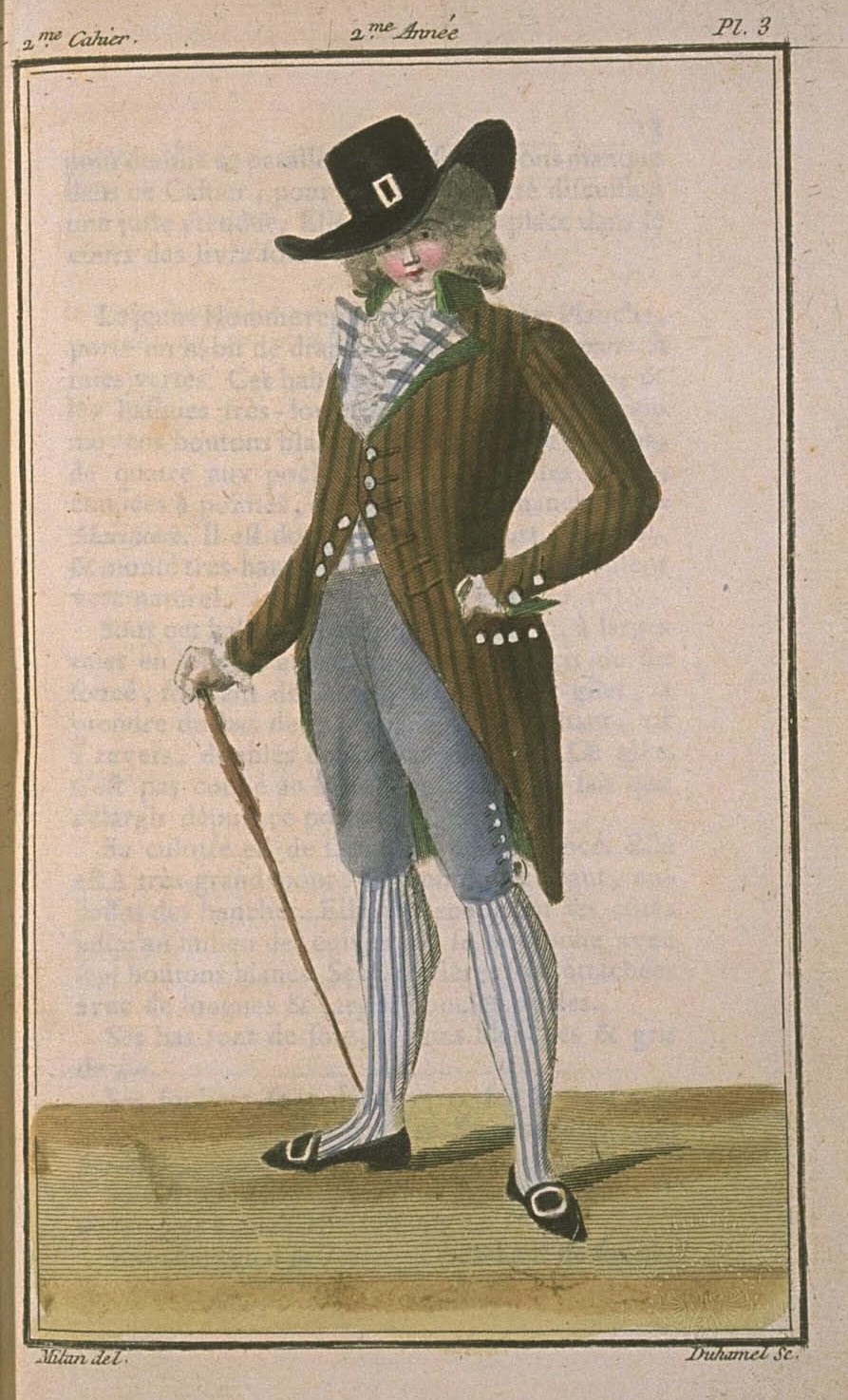Some (Unasked-For) Advice

So, there's a stylistic issue that's started to stand out to me in 18th century costuming. And you can feel free to disregard this post if you want to; I'm not the reenactment police. The issue is: stomachers and petticoats that match each other while contrasting with the gown. Outlander here serves as a great example, since so many 18th century films are either set in the 1780s or have anachronistic stomacher-less bodices in earlier decades. But others do it too! The look of a stomacher that matches the petticoat seems to have been really attractive to people through the nineteenth century, and continues to be so up to today! For starters, this illustration dates to only a couple of generations after stomacher'd gowns were being regularly worn: Image of marriage from The Stages of Man, ca. 1815; the Abby Aldrich Rockefeller Folk Art Collection Many museums have dressed mannequins like this through the years , matching up a gown they own with a lone pet...

